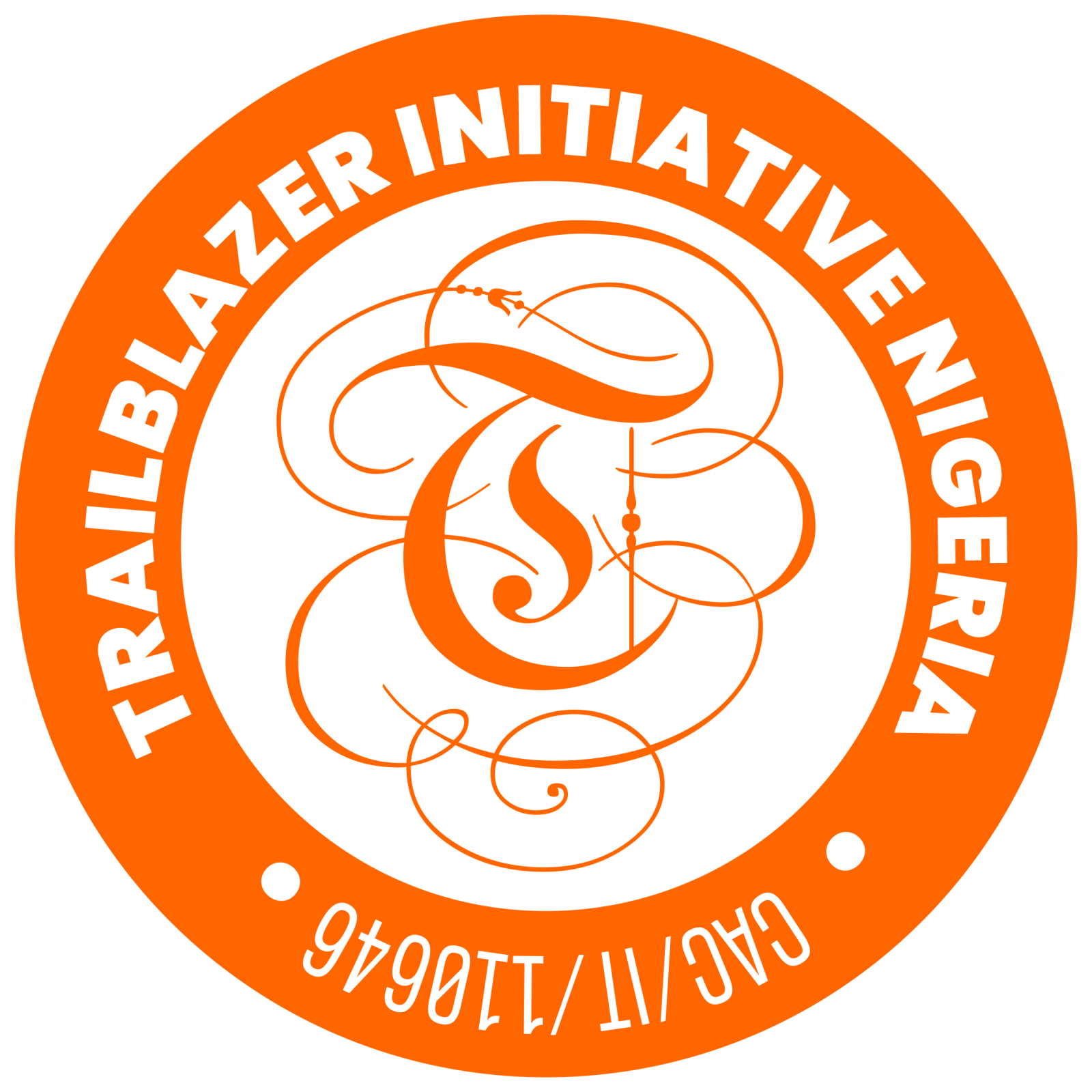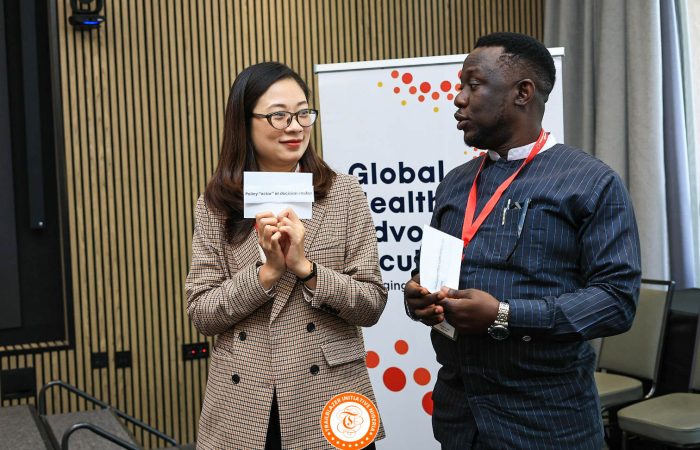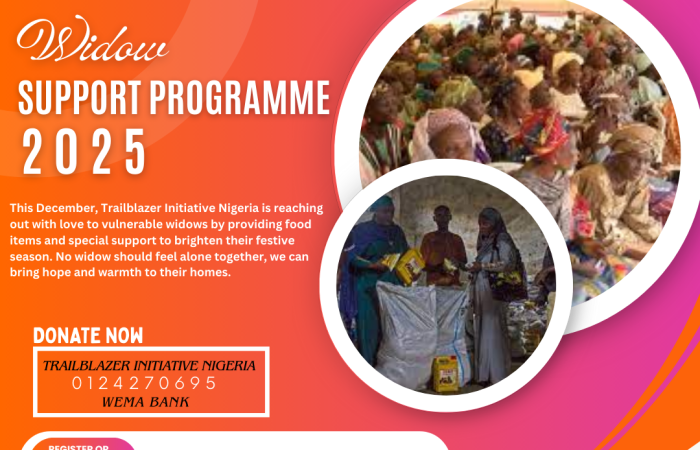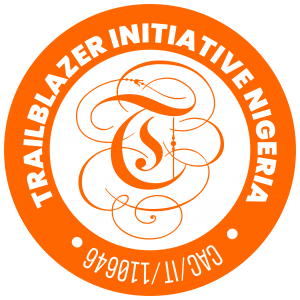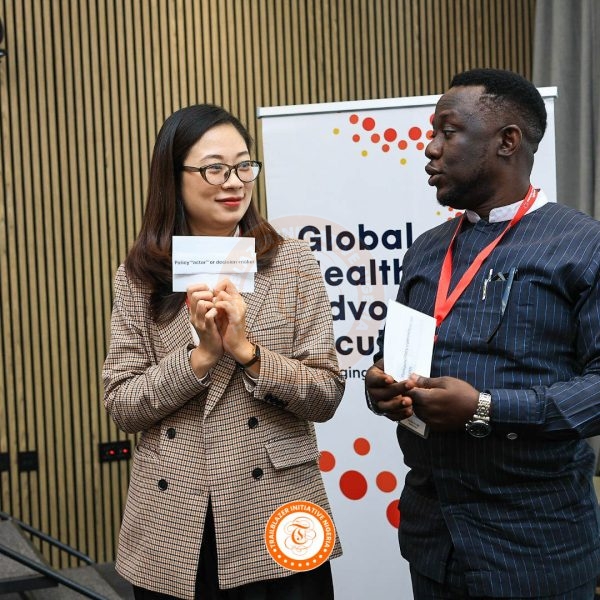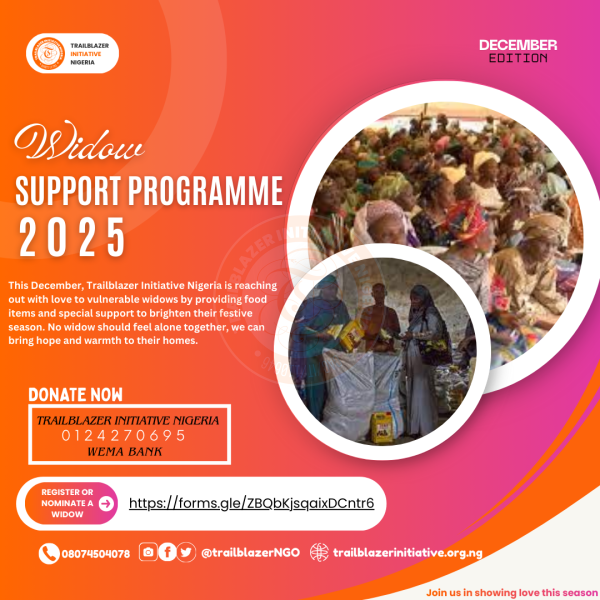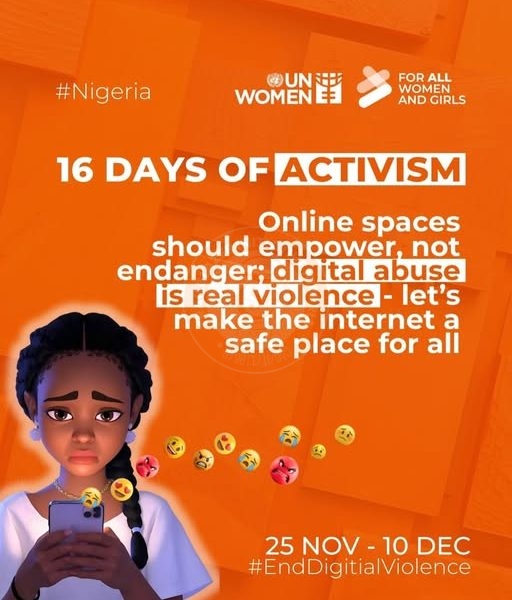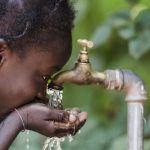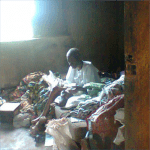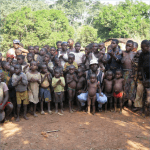Deadline: 29-May-24
The European Commission is inviting applications to support civil society and public services in preventing and combating gender-based violence and violence against chidren.
Gender-based violence is violence directed against individuals because of their gender, with women and girls making up the vast majority of victims. Gender-based violence remains one of our societies’ biggest challenges and is deeply rooted in gender inequality. It is both a cause and consequence of gender inequalities. It is a violation of human rights and the most brutal form of discrimination on the basis of sex, and results from unequal power relations between women and men.
The first pillar of the 2020–2025 Gender Equality Strategy, entitled “Being free from violence and stereotypes” sets ambitious policy objectives and actions to tackle genderbased violence, including funding to support civil society and public services in preventing and combating gender-based violence. For 2024, a key priority of the Commission is the adoption of the pending proposal for a Directive combating violence against women and domestic violence, which the Commission put forward in March 2022. The Commission also plans to adopt in 2024, a Recommendation on harmful practices which will complement the draft Directive and help Member States to prevent and tackle such practices – like female genital mutilation or forced marriage – more effectively.
- integrate prevention of various forms of gender-based violence against women in different contexts, with a systemic approach
- protect and support victims and survivors of gender-based violence, including children, through targeted actions
- prevent gender-based violence, in the domestic sphere, in intimate relationships, and online, including through targeted actions with perpetrators
- make integrated child protection systems work in practice.
Objectives
- To fight violence, including gender-based violence and violence against children by:
- Preventing and combating at all levels all forms of gender-based violence against women and girls in all their diversity and domestic violence, including by promoting the standards laid down in the Council of Europe Convention on preventing and combating violence against women and domestic violence;
- Preventing and combating all forms of violence against children, young people and other groups at risk, such as LGBTQI persons and persons with disabilities;
- Supporting and protecting all direct and indirect victims of the forms of violence, such as the victims of domestic violence perpetrated within the family or within intimate relationships, including children orphaned as a result of domestic crimes, and supporting and ensuring the same level of protection throughout the Union for victims of gender-based violence.
Themes and Priorities
- Large-scale and long-term transnational actions on tackling gender based violence
- In line with the Gender Equality Strategy, this priority aims to support the development of large-scale, integrated actions to combat gender-based violence and achieve long-term and structural changes with a wide geographical coverage.
- All forms of gender-based violence can be addressed under this priority through prevention, gender-sensitive protection and support to victims. The objective is to achieve balanced coverage of actions across different areas of intervention in line with the priorities of the Gender Equality Strategy.
- To do this, a number of transnational proposals will be selected, each focusing on one of the areas set out below:
- domestic violence: increasing awareness of and access to support services for (potential) victims, strengthening gender-specific responses to domestic violence (including for witnesses of domestic violence), through capacitybuilding and multi-disciplinary strengthened cooperation and coordination among relevant actors;
- harmful practices: tackling female genital mutilation, intersex genital mutilation, forced abortion, forced sterilisation, child and forced marriage, honour-related violence and other harmful practices against women and girls;
- gender-based cyber violence: tackling gender-based cyber violence, such as incitement to violence, online stalking, non-consensual image sharing, extortion with the use of sexual imagery (‘sextortion’), sexual or gendered online harassment and bullying, grooming, etc;
- violence and harassment in the world of work: tackling physical and psychological offline and online violence or harassment in work contexts by, in particular, preventing such unwanted behaviours, encouraging the development and implementation of remedies and victim support mechanisms, and the development of relevant tools, guidance, education and training;
- gender stereotypes: preventing gender-based violence by tackling prejudices and gender stereotypes, in particular those related to masculinities, norms, attitudes and behaviours that encourage, condone or minimise violence, as well as by providing women and men, girls and boys, in all their diversity, with the tools to call out and stand up to violence through empowerment and bystander intervention programmes.
- Targeted actions for the protection of and support for victims and survivors of gender-based violence
- This priority will focus on the protection of and support for victims of gender-based violence, including children. This includes:
- Targeted and gender-sensitive protection and support for groups at a heightened risk of violence (e.g. people with a migrant background including children in migration, LGBTIQ persons, racial or ethnic minorities which include Roma people, women or children with disabilities or facing mental health issues, pregnant women, women in detention, women living in rural areas, women living and/or working on the street, children in alternative care, persons in prostitution, elderly women), including through tackling under-reporting;
- Targeted and gender-sensitive support to victims of sexual violence (including sexual exploitation/trafficking for the purposes of sexual exploitation, and in the context of armed conflict) and other specific forms of harm;
- Promoting multi-disciplinary cooperation, including online, among relevant professionals, including on the model of Children’s houses (Barnahus) or the model of the Family Justice Centres. Strengthening referrals between relevant national actors (e.g. law enforcement, the judiciary, support service providers, health and social service professionals) and multidisciplinary, including psychosocial, support; and
- Provision of support through national helplines dedicated to victims of violence against women (support to initial establishment of such helplines in Member States where these are not yet available, awareness-raising of available support through helplines).
- This priority will focus on the protection of and support for victims of gender-based violence, including children. This includes:
- Targeted actions for the prevention of gender-based violence, in the domestic sphere, in intimate relationships, and online, including through targeted actions with perpetrators
- Under this priority, gender-based violence will be prevented through:
- The development of gender-sensitive tools for the prevention of domestic violence that help recognise and address early signs of violence, including less visible forms of violence such as coercive control and psychological violence. This is done, for example, through assessing existing screening methods and enhancing the development and utilisation of evidence-based systematic screening methods for signs of domestic violence by medical practitioners (or other practitioners in services not directly linked to domestic violence support, for example social or educational services).
- The development of gender-sensitive measures for the prevention of violence in intimate relationship that promote equal relationships, address harmful stereotypes and give tools for peaceful conflict resolution in relationships. Actions will include (but are not limited to): education and awareness raising, training and practical activities to tackle prejudices and gender stereotypes, norms, attitudes and behaviours that encourage, condone or minimise violence, in particular in relationships; activities that promote respectful and conscious choices regarding all aspects of relationships and reduce the risk of violence.
- Measures for the prevention of gender-based cyber violence that strengthen the media literacy of online users and reinforce positive narratives on gender equality and the role of women in public decision-making roles such as in politics and journalism, as well as measures for the prevention of cyber intimate partner violence, empowering non-governmental organisations and other relevant actors to prevent and address gender-based cyber violence, including as trusted flaggers on online platforms.
- Perpetrator programmes to prevent (re)offending, with a victim-centred approach and a focus on harmful stereotypes, peaceful conflict resolution in relationships and toxic masculinities.
- Under this priority, gender-based violence will be prevented through:
- Targeted actions making integrated child protection systems work in practice
- The overall aim of this priority is to contribute to systemic changes to prevention, protection and support to children in cases of violence through integrated child protection systems, i.e. through multi-disciplinary cooperation between relevant cross-border/national/regional/local authorities and education, child protection, judicial authorities, psychosocial support and social services, health care professionals, care professionals and educators, among others, responding to children’s needs. This can include but will not be limited to the development of tools and measures for:
- the prevention of violence against children, including but not limited to awareness raising (including children’s rights awareness and education), training, certification, standards and accreditation procedures for professionals and persons in contact with children, with a specific attention to children in vulnerable situations and at specific risk of violence;
- early identification (that helps recognise and address early signs of violence) and reporting of cases of abuses, strengthening child-friendly referrals between relevant national actors (e.g. law enforcement, the judiciary, support service providers, health and social service professionals), multidisciplinary assessment;
- multidisciplinary support, through integrated response activities, involving medical, psychosocial, legal, care support, and close coordination between authorities and actors at all levels;
- setting up accountability mechanisms on the basis of indicators, (self-) evaluation, data collection, including the development of self-monitoring and evaluation tools on the performance of child protection systems, and data on violence against children.
- Taking into consideration the overall framework on integrated child protection systems, this priority will help to prevent and combat all forms of violence against children, and notably:
- harassment and (sexual) violence, notably happening in the formal and informal educational context, in leisure, cultural, sportive, or any community or recreational activities, in the domestic context, where children might be in specific situations of vulnerability; and
- online and offline bullying, notably at school or in leisure activities, and affecting children with specific vulnerabilities (e.g. children in alternative or foster care, children with disabilities, including mental disabilities, Roma children, children with a migrant background), or link to their religion, belief, gender or sexual orientation.
- Children should be given the opportunity to participate in a safe, meaningful and inclusive way at the different stages of the implementation and monitoring of the projects. Strong attention should be paid to child protection safeguards given the sensitivity of the topic for any child, should it be in awareness-raising activities, or in any contact with child victims, witnesses or perpetrors.
- The overall aim of this priority is to contribute to systemic changes to prevention, protection and support to children in cases of violence through integrated child protection systems, i.e. through multi-disciplinary cooperation between relevant cross-border/national/regional/local authorities and education, child protection, judicial authorities, psychosocial support and social services, health care professionals, care professionals and educators, among others, responding to children’s needs. This can include but will not be limited to the development of tools and measures for:
Funding Information
- The estimated available call budget is EUR 24 800 000.
- Large-scale and long-term transnational actions on tackling gender based violence
- Indicative funding available for this priority: EUR 11 000 000.
- Targeted actions for the protection of and support for victims and survivors of gender-based violence
- Indicative funding available for this priority: EUR 4 800 000.
- Targeted actions for the prevention of gender-based violence, in the domestic sphere, in intimate relationships, and online, including through targeted actions with perpetrators
- Indicative funding available for this priority: EUR 5 000 000.
- Targeted actions making integrated child protection systems work in practice
- Indicative funding available for this priority: EUR 4 000 000.
- They reserve the right not to award all available funds or to redistribute them between the call priorities, depending on the proposals received and the results of the evaluation.
- Large-scale and long-term transnational actions on tackling gender based violence
- Duration
- For Priority 1: Projects should normally range between 24 and 36 months.
- For Priorities 2 to 4: Projects should normally range between 12 and 24 months.
Eligible Activities
- Activities shall include:
- Development of tools to help recognise and address early signs of domestic violence and violence against children;
- Awareness-raising, including social media or press campaigns, outreach and empowerment activities, including communication activities and dissemination of information;
- Capacity building and training for professionals and relevant stakeholders, in particular train-the-trainer programmes, training activities of national, regional and local authorities;
- Design and implementation of strategies, protocols, development of transferable working methods and tools, coordination platforms and groups;
- Design of services and measures improving access to victim support services;
- Identification and exchange of good practices, cooperation, mutual learning, development of working and learning methods, including transferable mentoring programmes;
- Development of guidelines and manuals for specialised support services (e.g. in the work place, schools, universities, online);
- Analytical activities, such as data collection and research, and the creation and implementation of tools or data bases/data collection strategies and systems.
Eligibility Criteria
- In order to be eligible, the applicants (beneficiaries and affiliated entities) must:
- be legal entities (public or private bodies)
- be established in one of the eligible countries, i.e.
- EU Member States (including overseas countries and territories (OCTs))
- non-EU countries:
- countries associated to the CERV Programme or countries which are in ongoing negotiations for an association agreement and where the agreement enters into force before grant signature
- To be eligible under the first priority, grant applications must comply with all of the following criteria:
- Lead applicants must be non-profit making. Organisations which are profit-oriented cannot submit applications as lead applicants, but only in partnership with public entities, private non-profit organisations, or international organisations;
- the project has to be transnational;
- the application must involve at least two organisations (applicant and partner from 2 different eligible countries, not being affiliated entity or associated partner);
- the EU grant applied for cannot be lower than EUR 1 000 000 and higher than EUR 2 500 000.
- To be eligible under the second, third and fourth priority, grant applications must comply with all of the following criteria:
- Lead applicants must be non-profit making. Organisations which are profit-oriented cannot submit applications as lead applicants, but only in partnership with public entities, private non-profit organisations, or international organisations;
- the project can be either national or transnational;
- the application must involve at least two organisations (applicant and partner not being affiliated entity or associated partner);
- the EU grant applied for cannot be lower than EUR 100 000 and higher than EUR 1 000 000.
For more information, visit European Commission.
